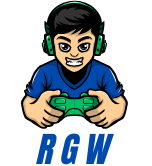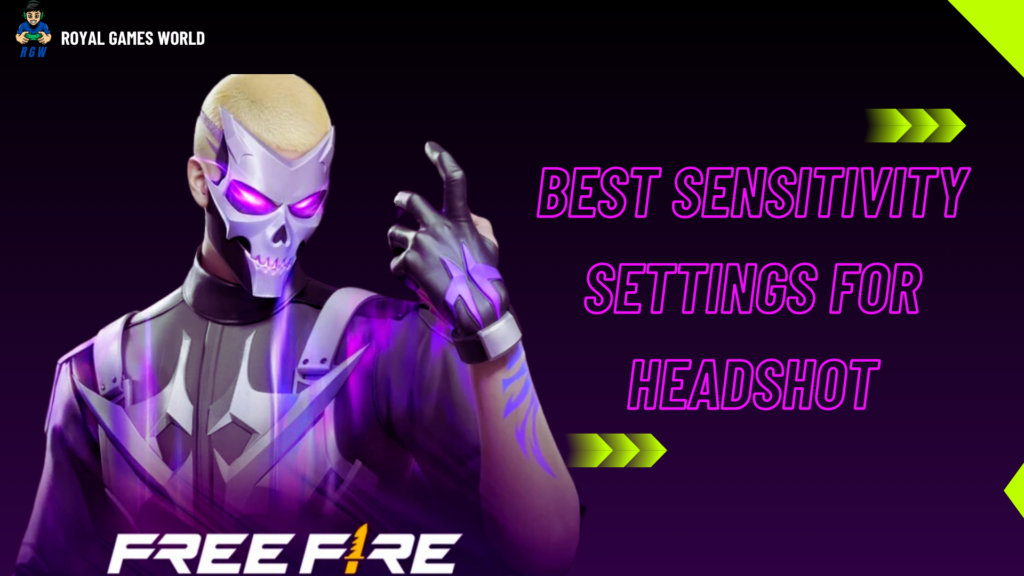Achieving consistent headshots in Free Fire requires not only skill but also perfectly calibrated sensitivity settings. As we move into 2024 and beyond, optimizing these settings is crucial for dominating matches and staying ahead of the competition. This guide provides a unique, in-depth analysis of the best sensitivity settings to enhance your accuracy, precision, and headshot rate. Whether you’re a beginner or an experienced player, these tips will help refine your gameplay.
Why Sensitivity Settings Are Crucial in Free Fire
What Are Sensitivity Settings?
In Free Fire, sensitivity settings govern how responsive your controls are when you swipe across the screen. They directly influence your aim, movement, and overall control during combat. Correctly adjusting these settings makes it easier to land headshots, control recoil, and perform fast movements.
Importance of Sensitivity for Headshots
Headshots are a game-changer in Free Fire. They deal maximum damage and are often the quickest way to eliminate enemies. However, pulling off consistent headshots requires precise aim and smooth movements. This is where fine-tuned sensitivity settings come into play.
Optimal Sensitivity Settings for Headshots
To improve your accuracy and performance, use these sensitivity settings as a foundation:
General Sensitivity: 90 – 100
- Why: A high general sensitivity ensures faster camera movement, allowing you to track opponents and aim quickly.
- When to Use: During close-range battles or when you need rapid adjustments.
Red Dot Scope: 75 – 85
- Why: The red dot scope is perfect for short to medium-range engagements. This range ensures balance between speed and accuracy.
- When to Use: For SMGs and assault rifles during mid-range combat.
2X Scope: 70 – 80
- Why: A slightly lower sensitivity helps maintain control over your aim for medium distances.
- When to Use: For assault rifles or when engaging at mid-range.
4X Scope: 60 – 70
- Why: At longer ranges, stability is key. A lower sensitivity prevents over-aiming.
- When to Use: During long-range engagements with rifles like the SKS or SVD.
AWM Scope: 50 – 60
- Why: Sniper gameplay demands pinpoint accuracy. Lower sensitivity ensures minimal wobble.
- When to Use: For snipers like the AWM or Kar98k.
Free Look: 80 – 90
- Why: Free Look sensitivity lets you scan your surroundings without moving your aim. Higher sensitivity helps maintain awareness.
- When to Use: For spotting enemies while moving.
How to Adjust Sensitivity Settings
Step 1: Access the Sensitivity Menu
Open the settings menu in Free Fire, navigate to the sensitivity tab, and ensure the “custom” option is enabled.
Step 2: Apply the Recommended Settings
Start by applying the values suggested above. These settings are a great starting point but may need minor adjustments depending on your device and play style.
Step 3: Test in Training Mode
Spend time in training mode to practice aiming and movement. Experiment with slight changes to find the perfect balance.
Step 4: Practice Regularly
Getting used to new sensitivity settings takes time. Play a few casual matches before jumping into ranked games.
Pro Tips for Landing Consistent Headshots
1. Master the Drag Headshot Technique
One of the most effective techniques in Free Fire is the drag headshot.
- Start by aiming at the enemy’s torso.
- While firing, swipe your thumb upward to align the crosshair with the head.
This technique works best with optimized sensitivity settings, as it relies on smooth, controlled movements.
2. Understand Weapon Recoil
Different weapons have unique recoil patterns. For example:
- SMGs: Lower recoil, suitable for high sensitivity.
- Assault Rifles: Moderate recoil, requiring medium sensitivity.
- Snipers: Minimal recoil but demand precise aiming, favoring low sensitivity.
Knowing your weapon’s behavior allows you to pair it with the right settings.
3. Customize Your HUD Layout
Adjusting your HUD layout can enhance your performance. For instance:
- Place the fire button where it feels most natural.
- Ensure you can easily access scope and crouch buttons.
A well-organized HUD combined with proper sensitivity settings makes aiming and shooting more efficient.
Avoid Common Mistakes
Overcompensating Sensitivity
Many players mistakenly think higher sensitivity will always improve their aim. However, excessively high settings can make your crosshair uncontrollable, especially at longer distances.
Ignoring Device Specifications
Sensitivity settings behave differently across devices. For instance:
- High-end devices: Higher sensitivity works better due to smoother touch response.
- Low-end devices: Stick to moderate sensitivity to avoid input lag.
Neglecting Practice
Even with perfect settings, practice is essential. Regular gameplay in training mode helps you adapt to your new configurations.
Advanced Techniques for Competitive Play
Using DPI Settings
If your device allows, adjust the DPI (dots per inch) setting for finer control. Higher DPI settings enable smoother swipes and better accuracy.
Sensitivity Adjustment by Game Mode
Adapt your sensitivity settings based on the mode you’re playing:
- Classic Matches: Slightly lower sensitivity for casual gameplay.
- Ranked Matches: Higher sensitivity for faster reaction times.
- Clash Squad: Fine-tuned settings for quick, close-range skirmishes.
Recommended Accessories for Free Fire
To truly optimize your gameplay, consider these tools:
- Gaming Phones: Devices like the ASUS ROG Phone or iPhone 15 offer superior touch response and performance.
- Finger Sleeves: These reduce friction and improve touch sensitivity.
- Gaming Headphones: Enhanced sound quality helps detect enemies more effectively.
Final Thoughts: Elevate Your Free Fire Gameplay
By implementing these best sensitivity settings for headshots and practicing regularly, you’ll notice a significant improvement in your performance. Remember, the key is consistency. Spend time fine-tuning your settings, mastering techniques, and adapting to different scenarios.
With dedication and the right configurations, you’ll not only land more headshots but also dominate the battlefield like a pro.



